BUILDING OUT FROM THE ENERGY CRISIS AND INFLATION ON AN ESG FOUNDATION




BUILDING OUT FROM THE ENERGY CRISIS AND INFLATION ON AN ESG FOUNDATION




Regarding office leasing, I think that demand in Budapest is fair, as in the last quarter of 2022, there was a 7% yearon-year increase in demand. This is especially clear in our “A+” category, sustainable office projects where we see tenants gunning for the best spaces in the buildings. Based on the negotiations in progress, we expect to lease out our 15,000 sqm RoseVille office development in North Buda in the first half of this year. We have fully let the first 16,500 sqm phase of BakerStreet in South Buda and started demolition on the plot of the 24,000 sqm, speculative second phase. We have tenant interest in the project for several thousand sqm of spaces, which we would like to deliver by the end of 2024. Since we have developed from our own equity, we are not influenced by the decisions of banks with regard to financing.
Lease negotiations are certainly more complex and take longer to negotiate in the current climate; this can be as long as one and a half years from the first point of contact to closing. An average lease negotiation is from six to eight months, from viewing to sending out proposals, selecting a building and a final space plan. With companies with a strong hierarchy, this is a very complex process, as approvals are constantly required and, therefore, lease negotiations can last for months. A number of clients are interested in becoming carbon neutral and are, therefore, particularly interested in the sustainability features of a building.


The current demand in the Budapest office market is relatively moderate. On the tenant side, we are experiencing hesitancy to expand premises and much less office viewing compared to the same period of the previous year, which clearly shows a demand side slowdown. Office interiors must
be adapted to meet current working habits with more collaboration spaces within the premises and flexible solutions related to workstations. CPI’s mission is to create a human-centered work environment and offer our tenants comfort with tailor-made and sustainable solutions.
ESG expectations from tenants and potential investors are increasingly impacting the office sector. Since tenants are also bound to undertake ESG obligations in their own markets, they have started to look for office deals that offer a wide range of sustainability solutions. By doing so, tenants can indirectly improve their ESG rating.
None of the developers, or very few, think about speculative development terms; the market is challenging enough to need to secure a high percentage of preleases before any development can start. I believe the principal business districts will remain within the CBD and the Váci út Corridor.
Rebuilding existing buildings is undoubtedly an attractive development option. From an economic and sustainability point of view, redevelopment is a “sexy” option for landlords. A well-located refurbished office building can be worth nearly as much as a new one.

Few office projects are expected to be undertaken in the near future as players are exercising caution in an uncertain market environment. However, despite concerns over tenant demand and office working practices, geopolitical and economic issues, rising development, construction, maintenance, and energy costs, and more expensive debt finance, developers are progressing with their ongoing projects.
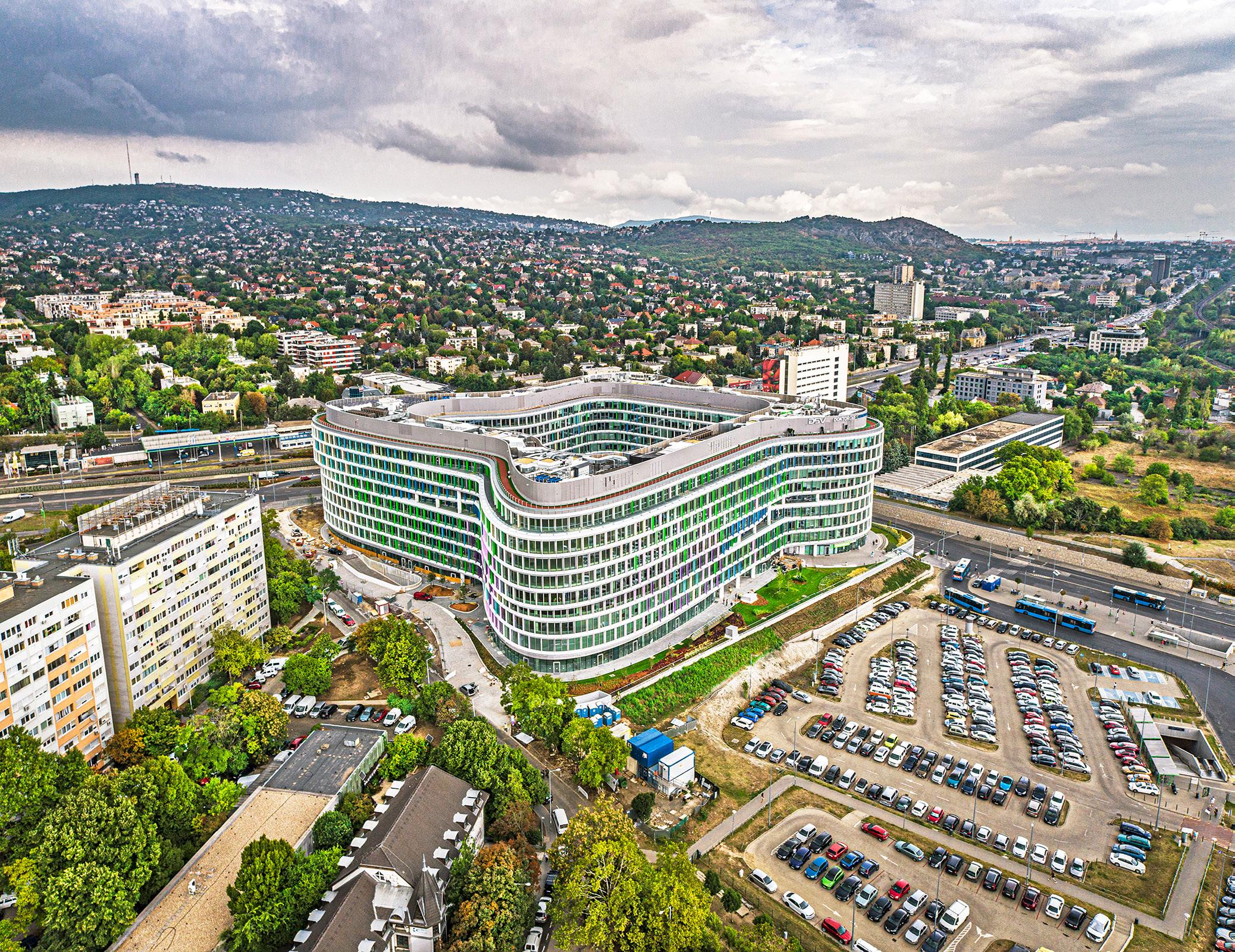

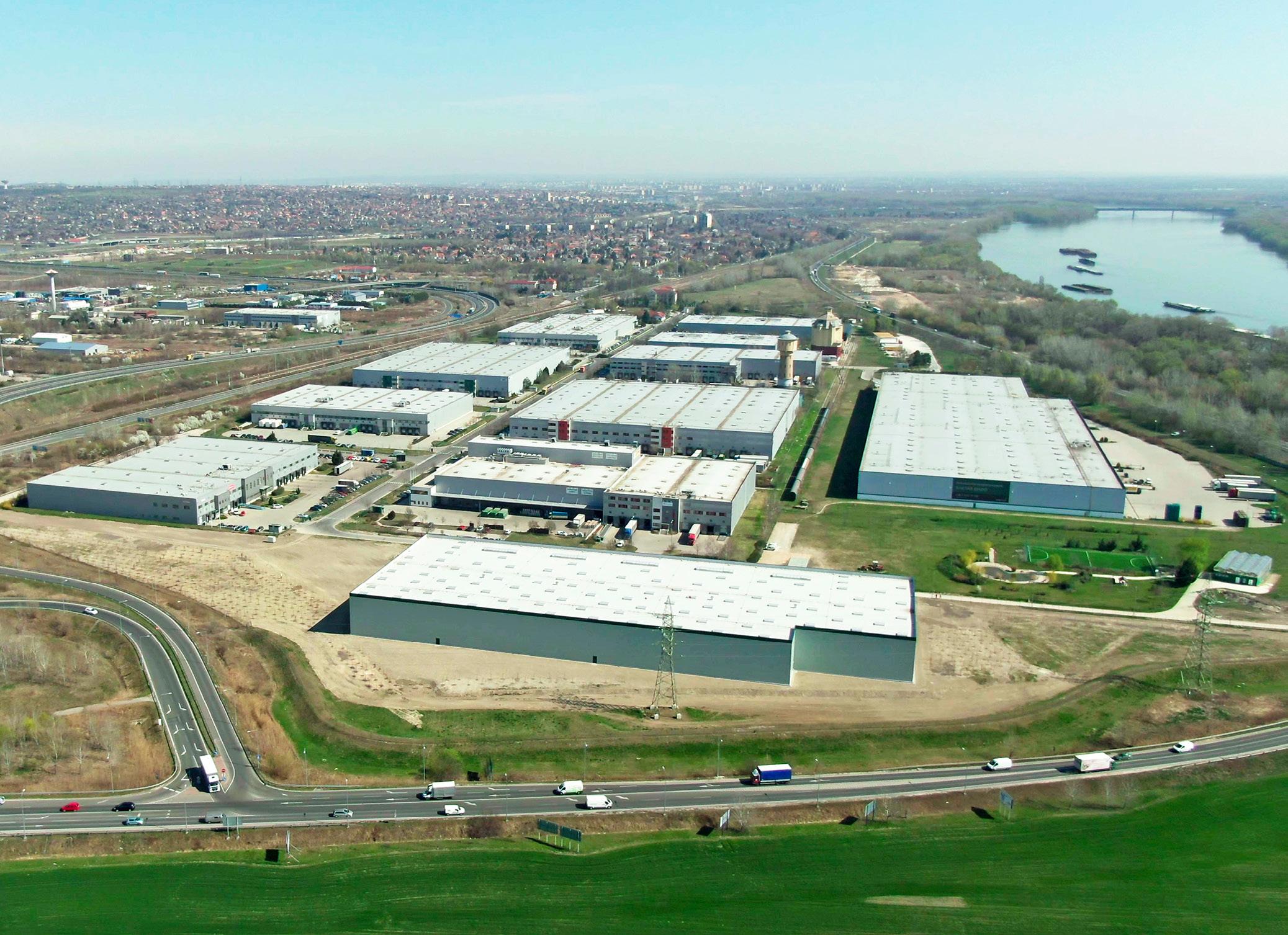
The boom in the industrial and logistics sector is continuing as demand remains high and vacancy stands at a record low. Analysts see this market, in Hungary and elsewhere in Central and Eastern Europe, as being in a favorable position in the postcoronavirus period, given the background of the growth in logistics, e-commerce, and light industrial production and assembly in major regional hubs.
By Gary J. MorrellThis upturn in the sector in both the Greater Budapest area and provincial hubs around the country is attracting both Central and Eastern European regional and Hungarian specialist industrial developers, in addition to those moving in from other sectors. Ongoing construction indicates another year of solid activity as the development pipelines are robust and demand remains high. However, the Hungarian market remains small compared to some of its CEE peers with more established secondary industrial and logistics networks beyond the capital cities.
“Both the significant amount of new supply arriving in the market and the high proportion of prelease

Retail and shopping center development remains constrained, with no major projects in the pipeline. Mall owners are redeveloping and upgrading their retail, leisure and service offers to meet more sophisticated consumer demands and enhance the retail experience.
By Gary J. MorrellFrom the tenant perspective, landlords are concerned with increased energy efficiency and improving sustainability elements. On the demand side, research indicates that most Hungarians prefer bricks and mortar shopping, despite some consumers taking advantage of the convenience of the online option. The percentage of online retail sales rose from around 6% in the pre-COVID period to 9% in post-pandemic as footfall fell in Budapest shopping centers.
As elsewhere in the Central and Eastern European region, retail developers favor the development of smaller regional retail formats that provide more flexibility for retailers. Shopping center stock in Budapest is low by European standards, and there is little prospect of oversupply.
“Landlords of existing facilities are responding to wider changes in retail with refurbishment projects with the aim of creating a more sophisticated, modern and aesthetically pleasing shopping experience,” comments CBRE.
The cost-of-living crisis frames the current demand-side issues and concerns over spending power, high inflation (particularly in Hungary, which recorded the highest in the EU in February 2023 at 25.8%) and rising prices.
refurbishment projects with the aim of creating a more sophisticated, modern and aesthetically
The “latest” addition to the Budapest shopping center stock is already more than a year old: the 55,000 sqm Etele Plaza by the prolific Hungarian developer, Futureal. The complex was the first new delivery in the Hungarian capital since 2011. That hiatus reflected developer concerns over consumer spending power amid the then financial crisis and, more recently, the pandemic lockdowns and the rise of e-commerce.
Etele Plaza reflects the consumer demands for a more sophisticated “customer experience” that attracts customers back to physical shopping
rather than online purchasing from the comfort of a person’s home.
The complex provides around 180 retail, entertainment, and service outlets, including restaurants, a green roof terrace, cafés, a multiplex cinema, a gym, and 1,300 parking spaces. It is located at a transport hub where the Kelenföld Railway Station, Metro line 4, and the approach section of the M1 and M7 motorways all meet. The center is part of a mixed-use development that also includes large office, services and transportation elements.
The mall is Breeam “Very Good” certified, and Futureal is looking to achieve Well certification, although there is currently no provision for shopping center accreditation under the system. The global firm Chapman Taylor created the retail concept; the architect was Hungary’s Paulinyi & Partners, and Balázs Domokos of Group Dyer undertook the interior design.
The EUR 300 million project was underway from as early as 2018 with finance from UniCredit Bank and the Erste Group. According to Futureal, the center offers easy access from surrounding residential areas, with 230,000 people within close proximity.
Etele Plaza was welcomed as freshening up the Budapest shopping center market as much of the earlier
“Landlords of existing facilities are responding to wider changes in retail with
pleasing shopping experience.”

A number of hotel projects are at various stages in the preparation and construction process in Budapest and across Hungary, although pipelines are difficult to estimate, and schedules have a tendency to slip back and projects to be postponed. In recent years, the sector has been attracting developers and investors from the traditionally more mainstream property fields, and an increasing number of international hotel operators have been entering or expanding in the country.


Sentiment towards the Central and Eastern European markets indicates that investors are adopting a wait-and-see approach to the region, reflecting the unstable geopolitical environment and the resulting economic and financial uncertainty. In this environment, many vendors and investors exercise caution in anticipation of a more favorable political, economic and financial environment and more predictable yields and pricing levels.
By Gary J. MorrellInvestors are holding back from acquisitions as market values are expected to fall even further. The vendors, for their part, are unwilling to sell because they believe their property has a higher value than the market is prepared to offer. With yields moving out across Hungary, CEE, and European investment markets, there is evidence that a correction is ongoing.
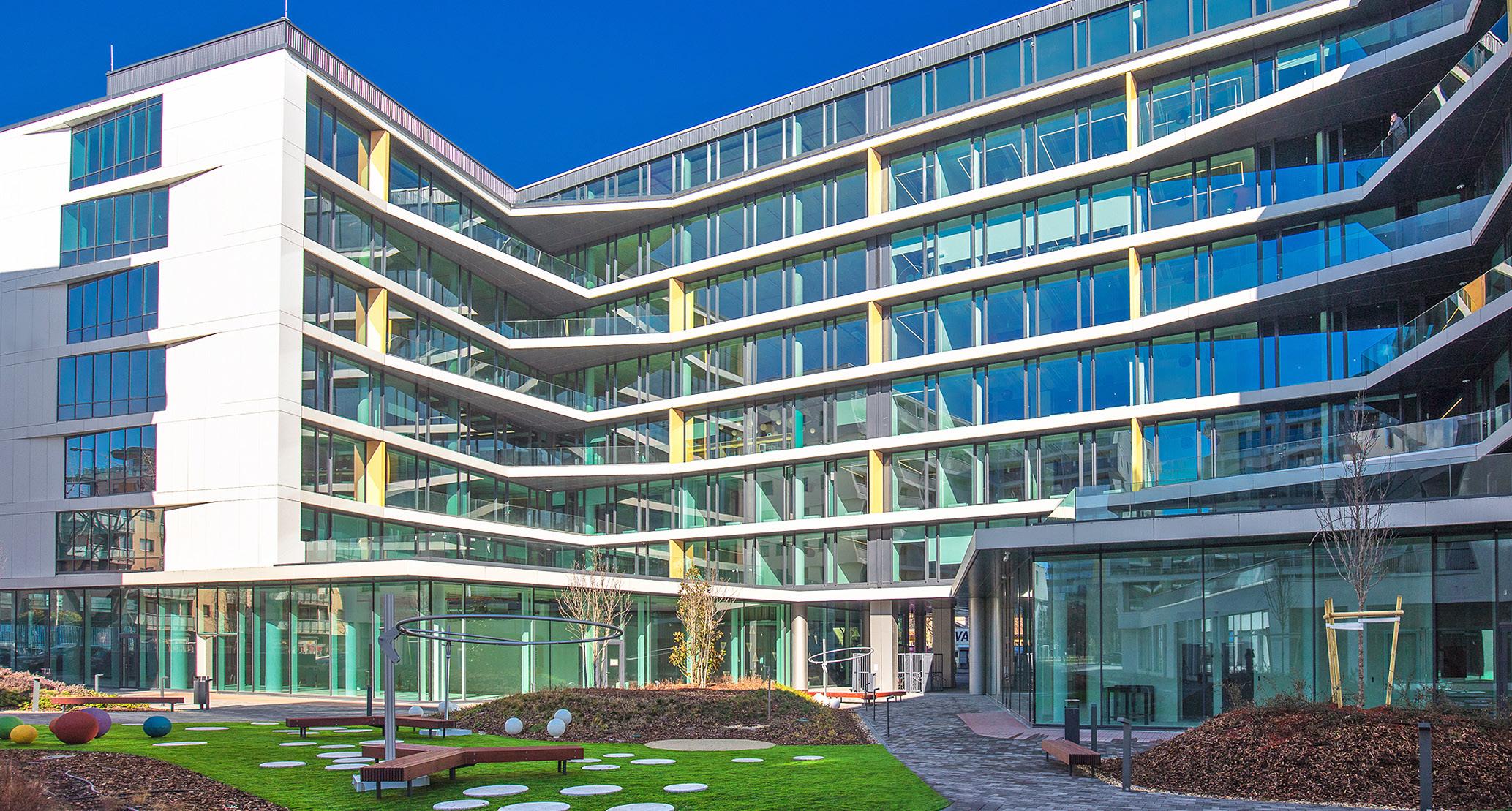
Despite these issues, many analysts expect a recovery in market activity across Europe and the region, possibly beginning in the second half of 2023. The view is that, at least for the first half of the year, there will be a period of “yield correction” with most yields moving out, reflecting concerns over interest rates and the price of borrowing, in addition to the broader geopolitical concerns. However, the time scale of this correction process could well be more protracted.
The other major issue in the investment market is the need for purchasers and vendors to conclude deals based on ESG criteria in terms of sustainability, and transparency and benchmarking when it comes to reporting this.
“The last two years have been turbulent in Europe. We witnessed the pandemic, the conflict in Ukraine, supply chain disruptions, high inflation, and increases in construction materials prices, among

ESG criteria are increasingly utilized in the real estate sector from both the development and investment perspectives. The industry is expected to reduce CO2 emissions, lower energy and natural resource use (and therefore costs), and increase sustainable construction material usage.
By Gary J. MorrellEstablished regional and Hungarian office developers such as Atenor, CPI, GTC, HB Reavis, Horizon Development, Skanska, and Wing employ sustainable development policies right across their portfolios with accreditation to a third-party system such as the U.K.-based Breeam or the U.S.based Leed and, from an interior perspective, increasingly Well.
Further, building owners need to react to demands from tenants and building users for the provision of space that enhances well-being, and integrate projects into the surrounding community by providing a mutual benefit for a development and the immediate neighborhood: office staffers use the local amenities, while green areas, cafés and restaurants in the building are open the wider public.
It is not just offices, either. Sustainability accreditation is also becoming the norm in the industrial/logistics sector, with developers and park operators such as CTP, HelloParks, Prologis, and Panattoni bringing forward more highly-specified Breeam and Leed accredited complexes.
ESG issues are essentially non-financial, but throughout the lifespan of a property, market and environmental factors can be seen as impacting industry actors simultaneously. For example, ESG-compliant buildings command higher rents. Therefore, returns on investment and sustainability aims are part of the same desired end result; developers, tenants, investors, banks, consultants, and architects are all stakeholders in the process.
Real estate is responsible for 40% of greenhouse gas emissions globally, with 30% due to development and construction processes and 70% caused by the ongoing operation of buildings. ESG and sustainability issues are, therefore, relevant throughout the lifespan of a given facility. The ultimate aim could be seen as lessening the negative environmental impact of real estate and related industries while at the same time creating a framework of governance, accountability, and benchmarking of these elements. Developers and investors are looking to measure value beyond financial performance alone, and these other elements also impact ROI.
“ESG is an important value driver for the real estate sector as investors increasingly focus on sustainability. Awareness, in general, is continuously growing within society, and the real estate sector is, of course, also part of this,” says Zsombor Barta, president of the Hungarian Green Building Council (HuGBC).
“Real estate can have a significant social impact beyond the well-known and often thematized environmental footprint. Therefore, the social element, ‘S,’ is getting into focus as well as the ‘E.’ And, in order to manage and integrate all of these aspects properly, the governance ‘G’ part of the real estate stakeholder is also important,” the HuGBC head explains.
“ESG is an important value driver for the real estate sector as investors increasingly focus on sustainability. Awareness, in general, is continuously growing within society, and the real estate sector is, of course, also part of this.”
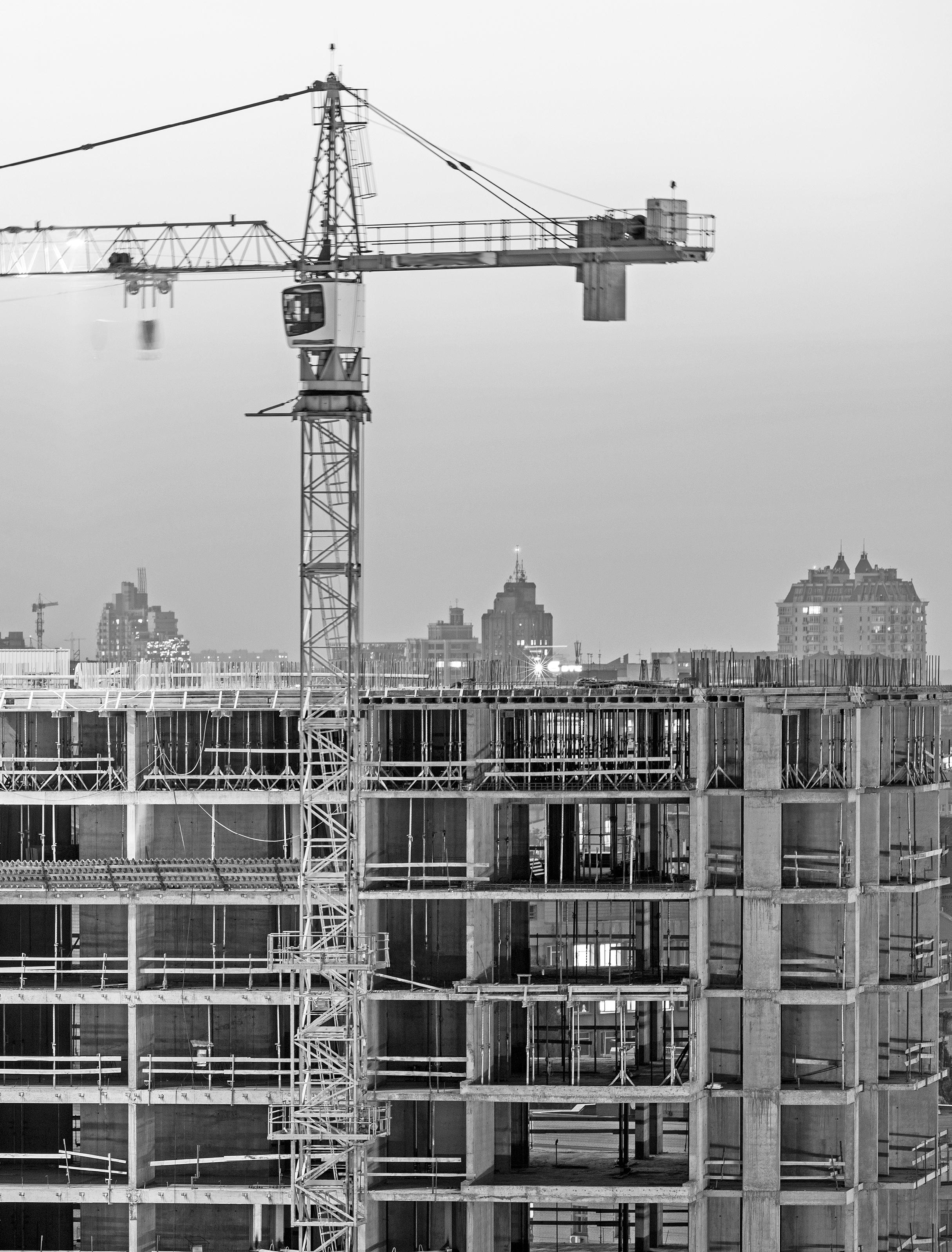
Construction costs have risen significantly in recent years with COVID. Subsequently, the war in Ukraine and increasing inflation have had a further impact. At the same time, developers face pressures to develop in line with ESG principles, for example, by using sustainable building materials and adhering to the principles of a circular economy.
By Gary J. MorrellWith analysts agreeing that construction costs also rose due to a shortage of labor and the rising price and availability of materials, office developers are more cautious about developing on a

speculative basis. However, opinions seem to differ about whether prices are easing in part due to fewer ongoing state development projects.
Office construction costs have increased by 35% compared to the pre-pandemic
era, according to Csaba Zeley, managing director of ConvergenCE. It is an assessment Noah Steinberg, chairman and CEO of Wing, agrees with.
“When it comes to the real estate market, it should be noted that

The task facing Budapest from a development perspective is how to enhance and improve its position as a business center, tourism destination, cultural and leisure center, and home for almost two million inhabitants. All this and simultaneously improving environmental factors such as air quality, the provision of green areas, access to the natural environment and the general quality of life. This requires cooperation and consultation with such diverse groups as business leaders, elected city officials, architects, city planners and sustainability consultants.
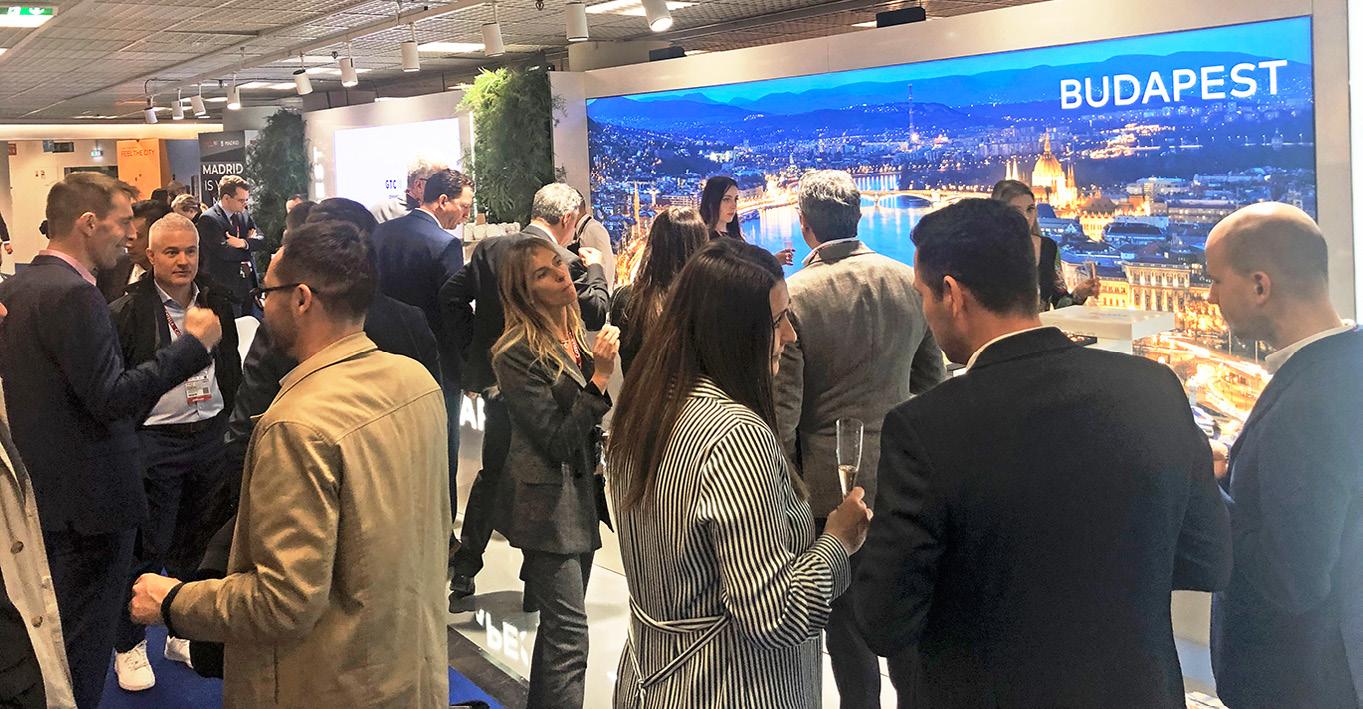 By Gary J. Morrell
By Gary J. Morrell
The question could be framed as how will the infrastructure, look and feel of the city be improved from an architectural and real estate perspective in such a way that makes it attractive for investors and developers and, at the same time, enhances the quality of life and the environment of Budapest for inhabitants and visitors.
The city essentially faces the challenges of preserving its classical Central
European look and feel while developing its role as a business center and a modern and pleasant place in which to live and work. Any redevelopment in the historical center has to be undertaken in line with the stringent building regulation, as much of it is UNESCO recognized. The city largely escaped being totally destroyed in World War II, as was the case with Warsaw, for example. Nor was it subjected to unregulated redevelopment in the Communist era, as happened with parts of Bucharest.
“We at GTC do what we can to improve the appearance and infrastructure of the city. With the harmonious appearance of our office buildings and the creation of an interior landscaped environment, we serve not only the needs of our tenants but also the communities in the area,” says Zsolt Berényi, regional development director at GTC Hungary.
“Making our properties sustainable requires foresight on our part. By this, we mean that the building can adapt to future changes. With this, we can also serve the needs of the future (for example, a reduction in car use, increased public and alternative transport use, changes in public spaces, etc.),” Berényi ads.
“Some compact territories of the city tend to form a certain architectural look, which is good. I do not think that it is necessary to have a unified design. We must protect our historical buildings, but some may be turned into modern office buildings while their façade still shows the original look. Fortunately, the number of these buildings is increasing,” adds Valter Kalaus, managing partner of Newmark VLK Hungary.